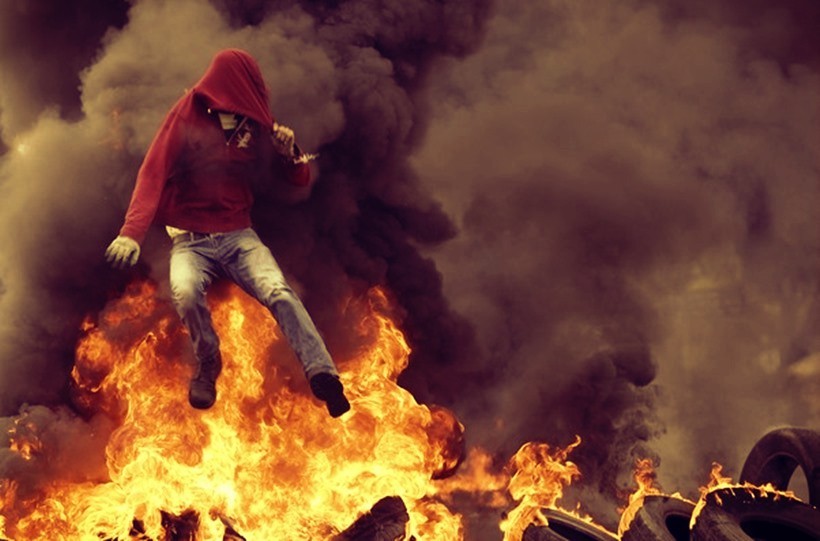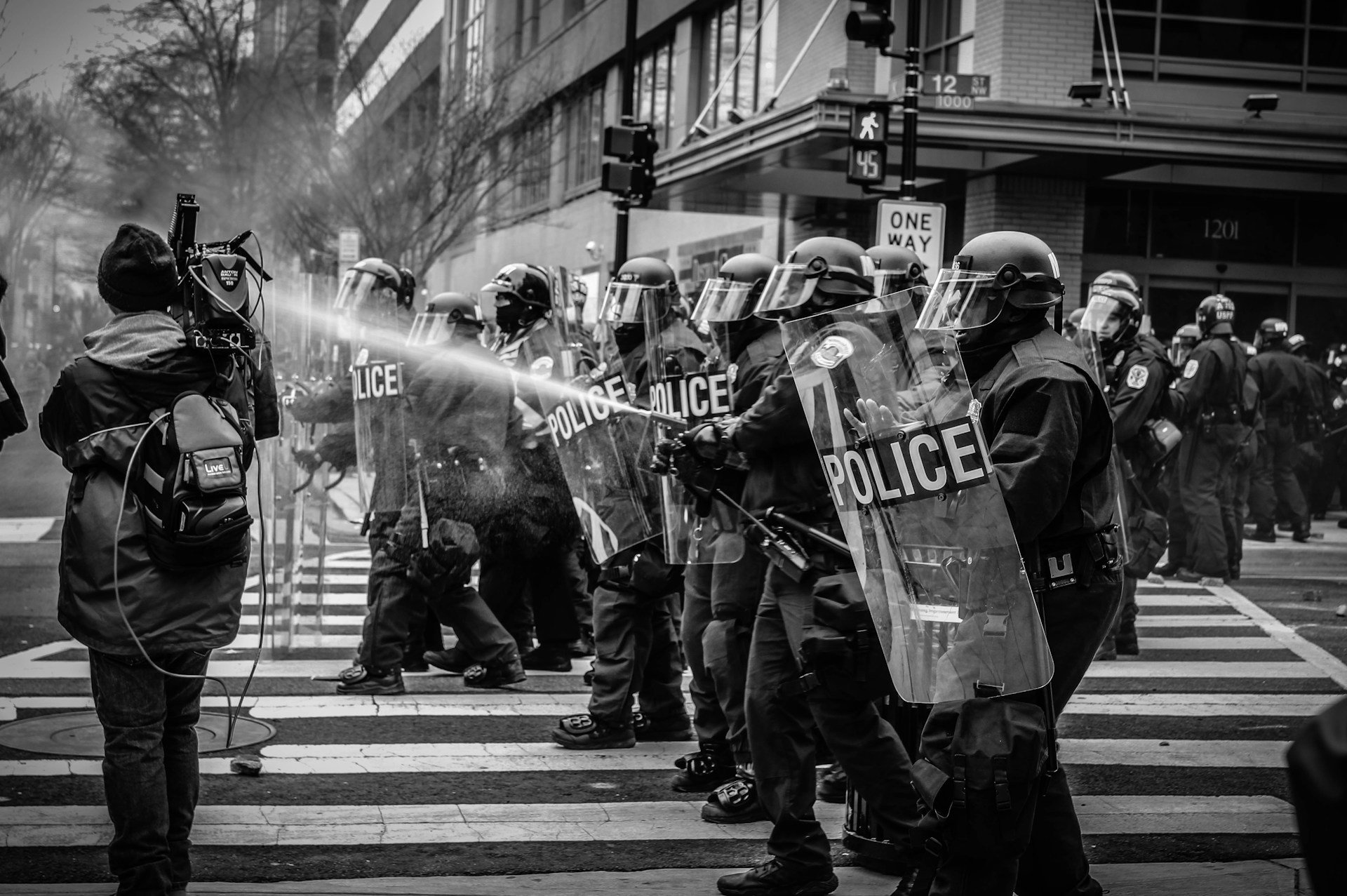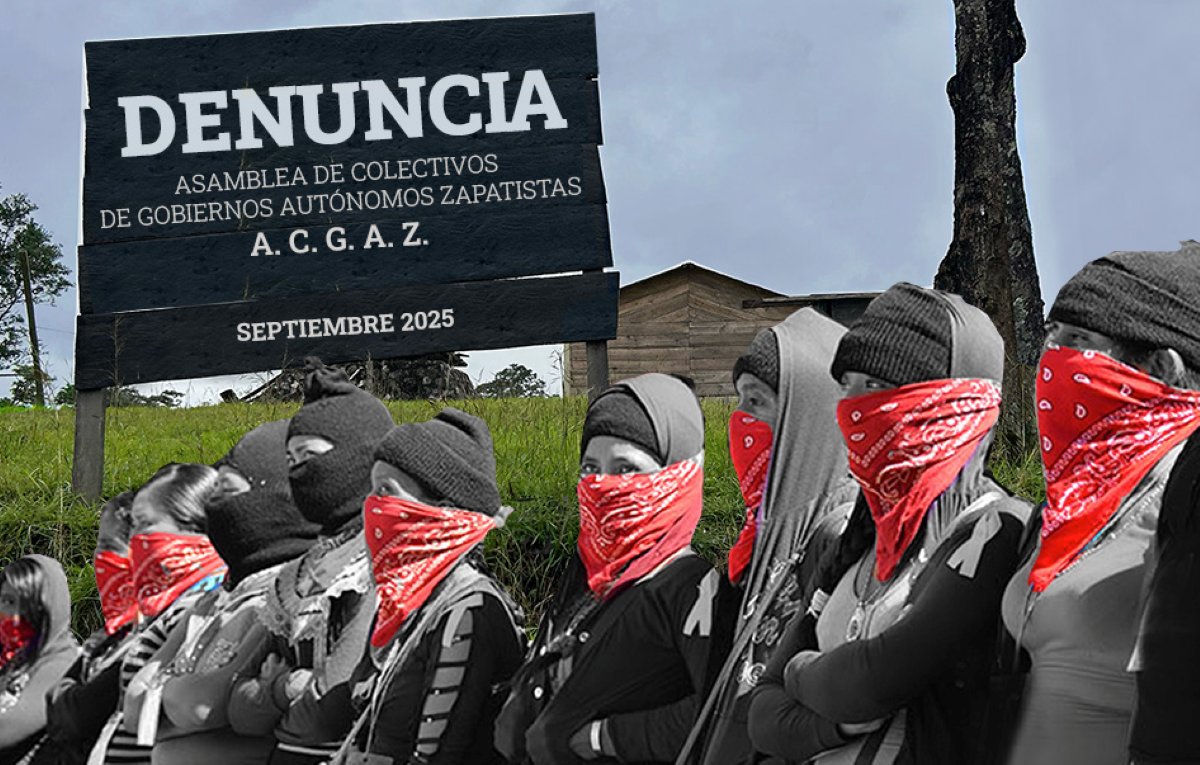Filed under: Anarchist Movement, Editorials, Featured

Here at IGD we talk a lot about strategy, about building our capacity, and also about growing as a material force within our communities. One thing we haven’t talked a lot about however is the need for more people to step up to the plate and create counter-information and alternative media where they are. As our friends pointed out at Puget Sound Anarchists, a growing platform for anarchists in the Pacific Northwest, that while the growth of platforms like IGD have been great, it also is incumbent upon people on a local level to build up their own regional and local autonomous media platforms as well; pushing to decentralize both how we get our media and who is creating it.
As others have written, it would be our dream if autonomous media projects across the social terrain proliferated and grew; feeding into IGD and also growing autonomously from it.
And, as our friends at CrimethInc. pointed out, part of building our struggle and our capacity, is not just in the tactics and strategies we use on the streets and in our communities, but in the way we push forward our narratives, our ideas and visions, and arguments in these struggles, as they play out. To not do so is to give ground to liberal, reformist, and recuperative elements which will sweep us aside, attack us, and sell us out.
There is also the very real reality that our enemies on the far-Right have a massive head start on us in terms of media platforms, from Twitter to livestreamers to youtube channels. For instance, while IGD in April of 2017 got over 700,000 original viewers, another high for us, this is still small potatoes compared to the millions that The Daily Stormer, one of the flagship neo-Nazi websites received, to speak nothing of something like InfoWars.
One of the reasons that the far-Right and Alt-Right is growing media wise, is that for everything that happens, they make media to interject their ideas into the dialog, pushing the frame of the debate farther and farther to the Right. In short, part of their media strategy is building the power of intervention within the wider conversation happening within the public; and while they often use ‘fake news,’ faulty information, and racist shock value to do it, it often works.
In short, we need more people creating media – and all kinds of it. We need everything from people making anarchist health and fitness videos, more editorials on current events, more analysis and report backs, and more podcasts. But above all, we need media that is aimed at shifting both the narrative and the debate around things that are impacting our lives; that seeks to have a conversation with the wider world, and not just a small isolated scene.
To be clear, this isn’t simply a call to make people transition from fighters and organizers into media makers, but instead to argue that the creation of media needs to become part of our overall organizing strategies as we engage in struggle, just as much as dealing with repression or supporting prisoners.
What Many People Get Wrong
One of the first things we see many people getting wrong, is that often their interface with the public has next to little information about what their group does, what it is about, and what it has done. Social media is filled with of a variety of anarchist, IWW, antifa, and other groups which simply share links and memes. The whole reason we should have a presence online is to engage people in the organizing work that we are doing. This doesn’t mean that we shouldn’t share articles, but if our only online organizing hubs are simply places where links are posted, then that’s all they’ll end up as. We need to get good at showing people what we are doing, things we are organizing, and original content and media that we are creating.
This brings us to our next thing that many people get wrong: they often don’t write about the cool shit they are doing! And we get it, writing at times can be a time drain and for some people, intimidating. We need to first remind ourselves, that you don’t have to be the best writer in the world to say something intelligent. Also, it is very important that the world know about what you and your group is doing. In short, it lets the rest of us know that we aren’t alone, gives people new ideas, and also gives the rest of us inspiration. But if you aren’t making that media; if you aren’t taking 30 minutes to write that report back, that reflection, or make that video, then it won’t get done.
Many groups also don’t get their story out within a timeframe that is fast enough. As anarchists, we are on the frontlines of riots, strikes, occupations, and struggles happening across the globe. This means that we are often in situations that many journalists are only looking at from the outside in. It also means that we are in a position to tell some of the most vibrant and exciting stories possible. But if we don’t commit to get that story out in a timely manner, the massive impact our analysis and thoughts on current events could have, can be quickly lost.
Another point that needs to be hammered home, is that just because you do get something up on the internet, that also doesn’t mean that it is going to manifest in real life. One thing we are seeing a lot of at IGD, (especially with newer groups and crews), is people posting up calls to action and event announcements, thinking that just because the call is up there, they will get numbers. It’s not so easy. Letting people know that something is happening is only part of the battle, you also have to work to do outreach and moreover organize with people to get them to come out to events and actions. You also have to factor in once you post something up online, you are also altering both the police and far-Right to your plans. Social media and the internet is a tool, and a good one, but we can’t just assume that one post will be a magic bullet. Again, this all ties into have a strategy in place for how we both promote actions and how we organize for them.
Lastly, we need to work on our media looking the best that it can. If you don’t have a certain skill, like knowledge about or access to photoshop, ask a friend, or find online resources for free. Part of winning the media war means putting love and attention to detail into our work.
Developing a Media Strategy for Our Organizing
When we organize, begin a campaign, start a project, or go into an action, we take many things into account. From meetings to setting up lawyers and medical supplies, we try and get all our ducks in a row. But often media is the last thing on our list. Instead of relying on mainstream and liberal journalists to tell our story, we want to build up the capacity to speak for ourselves. While IGD of course is one resource, without people on the ground generating media, we won’t have anything to post. So what could a media strategy look like?
First, we need to establish local platforms to reach people. This means setting up social media accounts on Twitter and Facebook, and also websites that are updated regularly.
Second, we need to both report and discuss our actions and organizing efforts, and also discuss the analysis behind taking those actions.
Third, it means going into actions, campaigns, and struggles, knowing how people can get information out about what is happening. Will people livestream, do video, tweet, or do live updates? How will they also protect people not wanting to be on camera? Who can write things before and after? How will people use media to push back on mainstream, liberal, and far-Right attacks?
Lastly, we also have to work on framing our actions and pushing our narrative to the wider public. This means creating media that gets across our arguments to as many people as possible.
Not Being Afraid to Get Started
One the best things about doing a project like IGD is seeing the vast array of actions and organizing projects happening across the vast territory of so-called North America. From labor organizing, infrastructure building, fighting pipelines and ecocide, supporting prison rebels, resisting deportations, to bashing the fash, to see so many different people doing different things is inspiring. The more we create a culture of making autonomous media and amplifying our voices, and more people will pay attention to what we have to say and join in on the conversation. Some ideas to get started:
- Set up a counter-information website. Don’t know much about setting up a website? Blackblogs is a good place to start.
- Set up social media accounts for your group. Let people know about what you are doing and upcoming events.
- Produce some sort of publication, videoshow, or podcast to cover more in depth analysis and ideas.
- Report back on both actions and campaigns and also work to write analysis and critique of both the local and national situation.
- Network with others in local and regional area. Develop the capacity to come together to amplify the media that you are making.
As the old indymedia saying goes – make media, make trouble!





